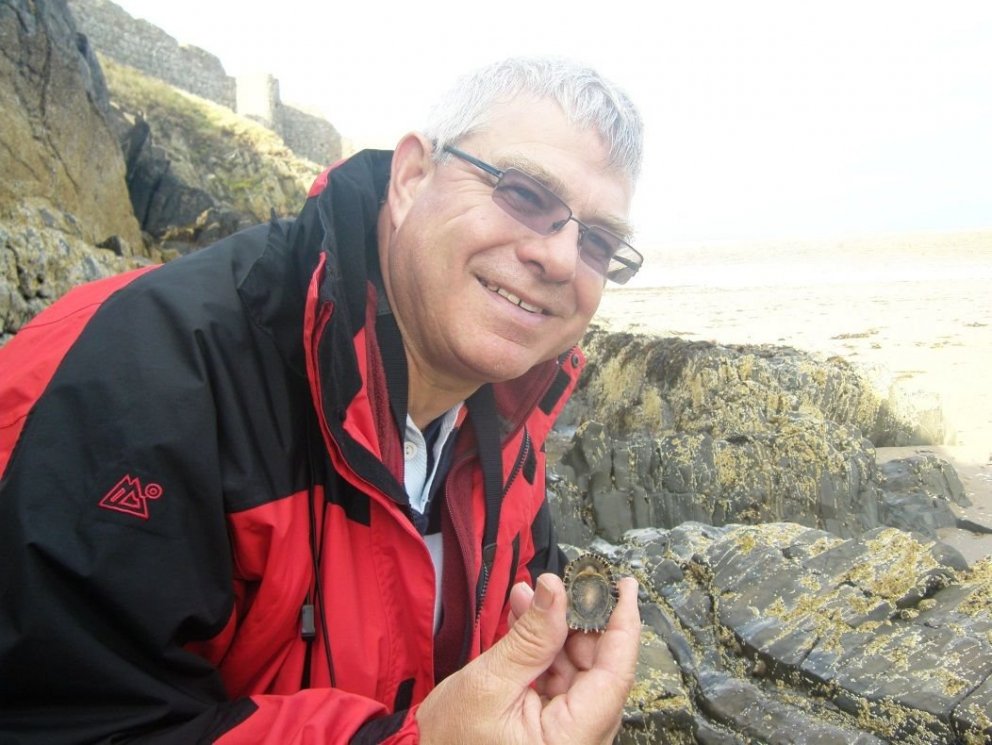- Evrópuverkefni
- Rannsóknir
- Dýrasvif
- Efnagreiningar
- Ferskvatnsfiskar
- Stangveiði
- Fiskmerkingar
- Framandi sjávarlífverur
- Hvalarannsóknir
- Kolmunni
- Kortlagning búsvæða
- Kortlagning hafsbotnsins
- Arnarfjörður
- Drekasvæði
- Hali Dohrnbanki
- Ísafjarðardjúp
- Jökulbanki
- Jökuldjúp
- Kolbeinseyjarhryggur og nágrenni
- Kolluáll
- Kötluhryggir
- Langanesgrunn
- Látragrunn
- Nesdjúp
- Reykjaneshryggur og nágrenni
- Selvogsbanki
- Suðaustan Lónsdjúps
- Suðausturmið
- Suðurdjúp
- Suðvestan Jökuldjúps
- Sunnan Selvogsbanka
- Sunnan Skeiðarárdjúps
- Sunnan Skerjadjúps
- Vesturdjúp
- Víkuráll
- Austan við Reykjaneshrygg
- Vestfjarðarmið
- Kvarnir og aldursákvörðun beinfiska
- Loðna
- Makríll
- Myndavélar við stofnmat
- Sjórannsóknir
- Steinbítur & hlýri
- Stofnmælingar
- Veiðarfærasjá
- Vöktun eiturþörunga
- Vöktun veiðiáa
- Þörungarannsóknir
- Rannsóknafréttir
- Umhverfisáhrif sjókvíaeldis
- Ráðgjöf
- Miðlun
- Ársskýrslur
- Fréttir & tilkynningar
- Fyrir skóla
- Lax- og silungsveiðin - tölur
- Málstofur
- Merki/logo
- Myndbönd
- Útgáfa
- Samfélagsmiðlar
- Öryggi & persónuvernd
- Myndasafn
- Skráning á póstlista
- Um okkur
Stephen Hawkins flytur erindi á málstofu
29. ágúst 2018
Föstudaginn 31. ágúst mun Dr. Stephen Hawkins flytja erindi um endurheimt og langtíma sveiflur í stofnum fjöruhettu (Patella) og þara í kjölfar þess að olíuflutningaskipið Torrey Canyon fórst við suðvestur strönd Bretlands árið 1967. Málstofan verður haldin í fyrirlestrarsal á 1. hæð Skúlagötu 4 og verður jafnframt streymt á YouTube rás stofnunarinnar.
Erindið verður flutt á ensku.
Málstofan hefst kl. 12:30. Öll velkomin.
Árið 1967 átti sér stað alvarlegt olíuslys þegar olíuskipið Torry Canyon steytti á skerjum skammt undan suðvestur strönd Bretlands. Olíuslysið er eitt það versta í sögu Bretlands og hafði víðtæk, langvinn og alvarleg áhrif í fjöru og í sjó. Fyrirlesturinn lýsir niðurstöðum langtíma mælinga á þeim fjörum sem urðu hvað verst úti vegna olíuslyssins. Náttúrulegar stofnveiflur fjöruhettu og þara náðu fyrst eðlilegu jafnvægi tæpum tveimur áratugum eftir slysið. Meðal annars hefur komið fram að olíuleysandi efni sem notuð voru í kjölfar slyssins virkuðu neikvætt og hægðu á endurheimt lífríkisins um mörg ár.
Stephen Hawkins er vistfræðingur og prófessor emerítus við raunvísindadeild háskólans í Southampton. Hann var sæmdur prófessorsstöðu 1995 en vann einnig til margra ára á hafrannsóknastöðinni í Plymouth (Bretland) og veitti þeirri stofnun forstöðu í átta ár. Hann hefur verið í samstarfi við íslenska vistfræðinga í nokkra áratugi um rannsóknir á lífríki fjara, nú síðast með Karli Gunnarssyni og Lilju Gunnarsdóttur á Hafrannsóknastofnun.
Ágrip
The Torrey Canyon oil spill in 1967 occurred near the Marine Biological Association (MBA) of the UK, all of whose staff were mobilised to study the spill for six weeks (Smith 1968). MBA staff (Alan and Eve Southward) was subsequently involved in long-term studies of recovery of rocky shores for the next ten years, continued at one of the worst affected shores (Porthleven) with Steve Hawkins since 1980 and Nova Mieszkowska since 2002.
Many of the rocky shores affected by the spill and unaffected controls had been studied from the early 1950s, with the Southwards charting fluctuations of rocky shore fauna and flora in relation to climate. Thus, a baseline existed against which to judge recovery of rocky shores from the beached oil and the excessive application of toxic first generation dispersants. A reminder is given of the first ten years of observations on recovery of shore communities and subsequent follow-up work suggesting recovery took up to 15 years on the shore (Porthleven) subject to the most severe dispersant application. In contrast, recovery occurred in 2-3 years at a site (Godrevy) where dispersants were not applied due to concerns about the impact on seals. The dispersants killed the dominant grazer, limpets of the genus Patella, leading to massive subsequent colonisation by algae. The resulting canopy of fucoid algae facilitated dense recruitment of limpets. These grazed the seaweeds down, before the starving limpets largely died off after migrating across the shore in search of food. This reduction in limpet numbers and grazing pressure then prompted a further bloom of algae. The dynamics of limpet populations in terms of biomass and numbers are explored. Normal levels of fluctuations returned from the mid 1980s and have been charted to date. At Porthleven sustained observations over the last five decades (1967-2018) revealed when return to the typical range of spatial and temporal variation on rocky shores occurred. Lessons learnt from observations stretching back 60 years, both before and after the spill, are highlighted – especially the need for broad-scale and long-term observations to separate out global climate-driven change from regional (TBT pollution) and local impacts (such as oil spills).



